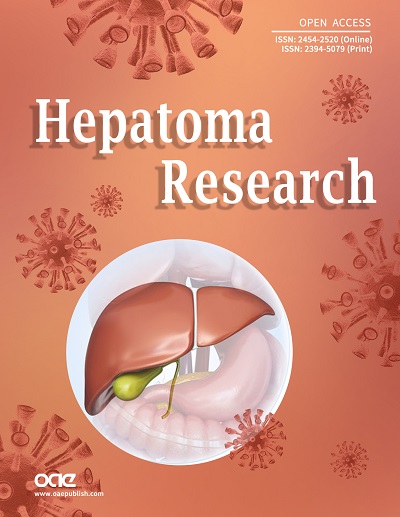fig3

Figure 3. GLI-specific decoy ODN treatment decreased colony formation capacity and migration potential in the Huh-7 cell line. (A) The colony-formation assay indicated a significant reduction in the proliferative ability of Huh-7 cells after GLI-specific decoy ODN treatment. The same image as above after automatically identifying the wells via the ImageJ 1.52a software analysis. The image was converted into an 8-bit grayscale, and spaces between wells were removed using a mask; (B) The average area of colonies and the percentage of the surviving fraction decreased in treated Huh-7 cells compared to vehicle and control groups; (C)The Transwell® migration assay. (Scale bars, 100 μm); (D) To quantify the migration potential, the number of migrated cells was counted from five randomly selected fields under a phase-contrast microscope. Compared to the control and vehicle groups, the GLI-specific decoy ODN-treated group significantly reduced the number of migrated cells. *P ≤ 0.05, **P ≤ 0.01, ***P ≤ 0.001. GLI: Glioma-associated oncogene; ODN: oligodeoxynucleotides.








